
Most stories about wildlife lean into conflict, yet that’s only part of the picture. Across ecosystems, some animals live in a completely different rhythm. They’re gentle by instinct. These fellows keep things running smoothly, often in the background. Let’s look at 20 wild animals whose kindness and calm make them quietly essential to the natural world.
Bonobo
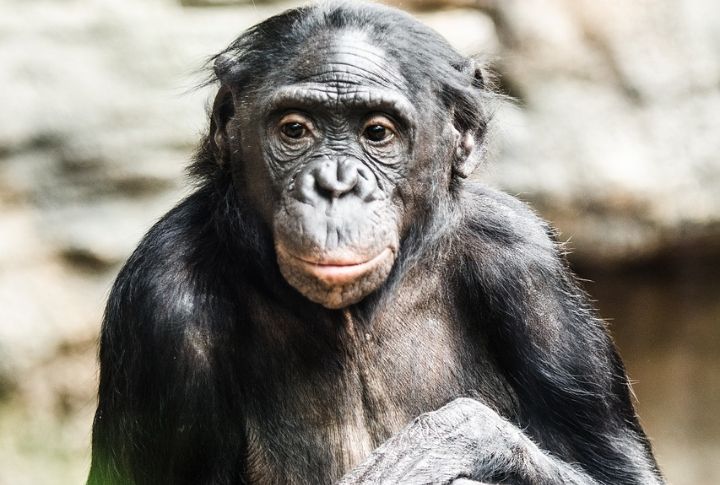
What happens when conflict meets compassion in the wild? The bonobo has an answer. Native to the Congo Basin, this intelligent ape has become known for using play and affection to ease tension. Within the matriarchal groups, female alliances help preserve harmony and create one of the most empathetic social structures.
Capybara
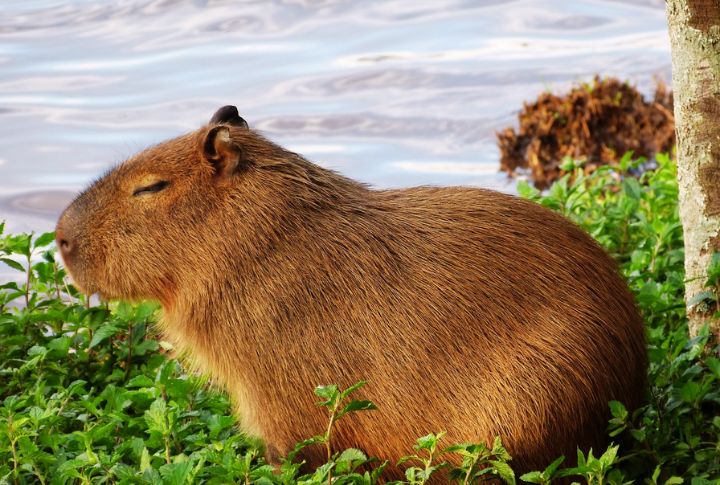
Friendships seem effortless for the capybara, a calm presence in the rivers and wetlands of South America. Ducks, monkeys, and even house cats comfortably share their company. Japanese animal parks have even embraced their mellow vibe, letting them relax in warm baths with other creatures.
Manatee
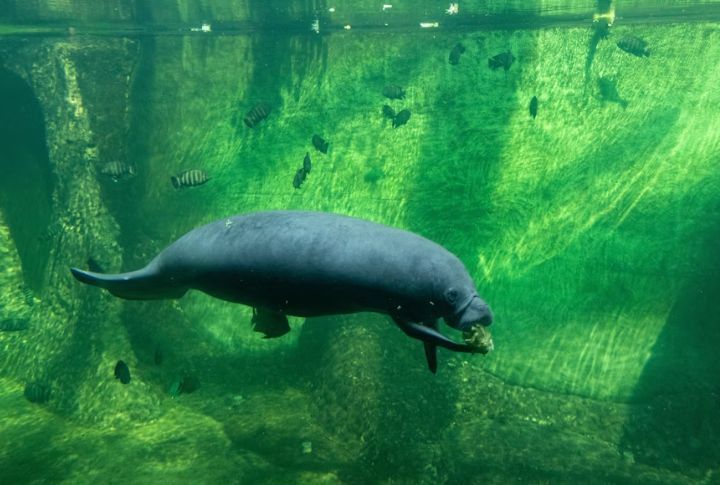
Manatees glide with gentle, unhurried movements beneath the calm surface of warm coastal waters. With no predators to flee from and no instinct for conflict, they live peacefully. Nicknamed “sea cows,” they stick to themselves and rarely react unless someone swims too close.
Elephant
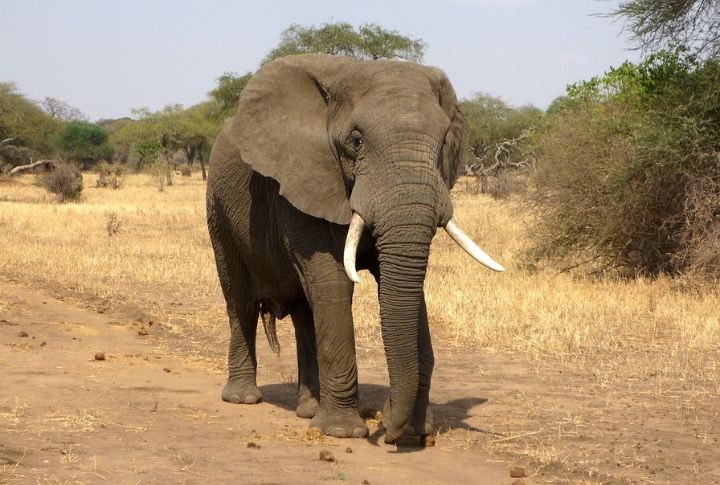
Elephants do something extraordinary when they reunite: celebrate. Known as “greeting ceremonies,” these displays of affection show just how deeply they feel. Across Africa and Asia, elephants are seen comforting grieving herd members and helping the injured keep pace. That same tenderness is sometimes shown to young humans, too.
Pufferfish
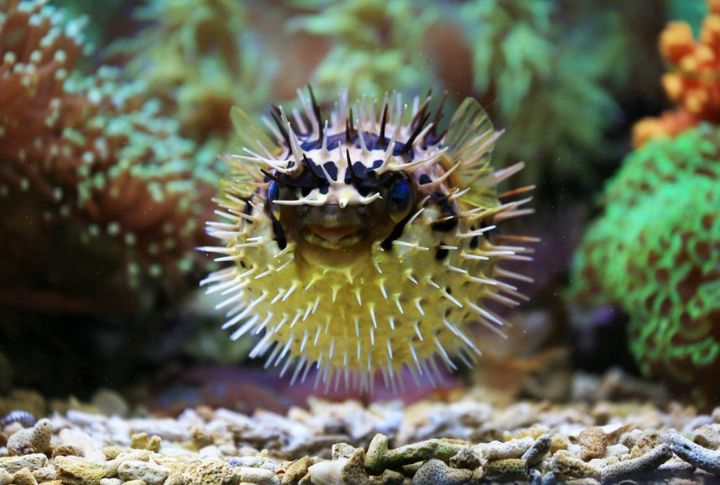
Sometimes, defense speaks louder than offense. The pufferfish doesn’t bite or chase; it inflates. This slow, often shy fish avoids confrontation entirely. During courtship, some species use gentle fin movements to communicate. What’s more, they’ve been observed sharing parenting duties and guarding nests with surprising dedication.
Quokka
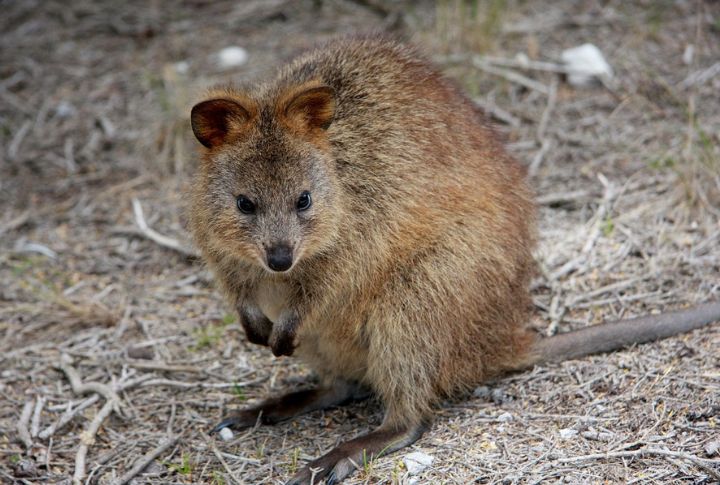
There’s a reason quokkas seem to be smiling in every photo: it’s the vibe. Their home on Western Australia’s island habitats helps them live peacefully among tourists and animals. Trust and quiet cues shape their social world and keep groups united.
Bison
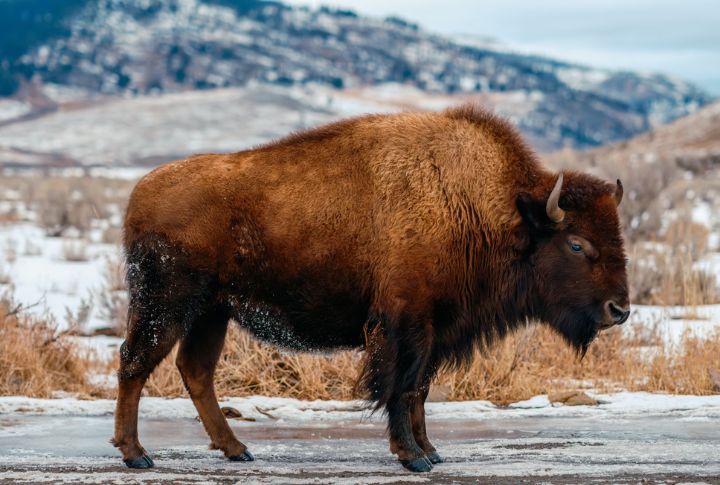
In the open plains of North America, wild bison form massive herds where patience rules. Despite their size and strength, bison are surprisingly non-confrontational in tight spaces. Herds often raise calves communally and stand protectively near the weak or elderly.
Deer
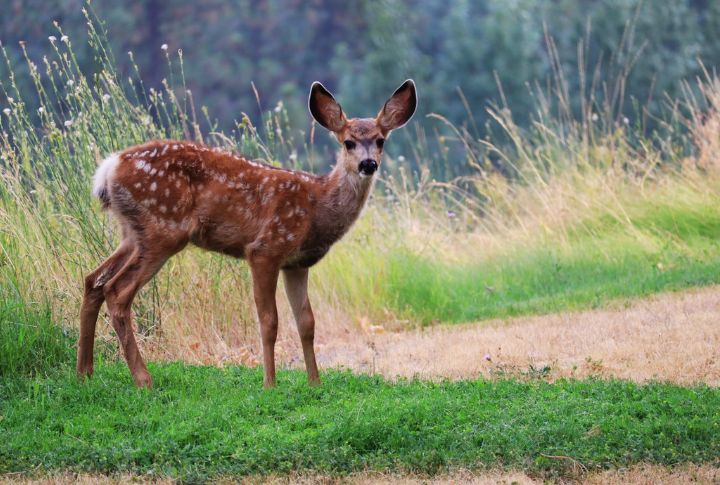
Walk quietly through a wooded path, and a deer might watch, curious but calm. These graceful animals, including white-tailed and roe deer, rarely engage in aggression. Deers live in gentle herds, usually guided by strong maternal care. In rare acts of kindness, some females have been seen adopting orphaned fawns.
Giant Panda
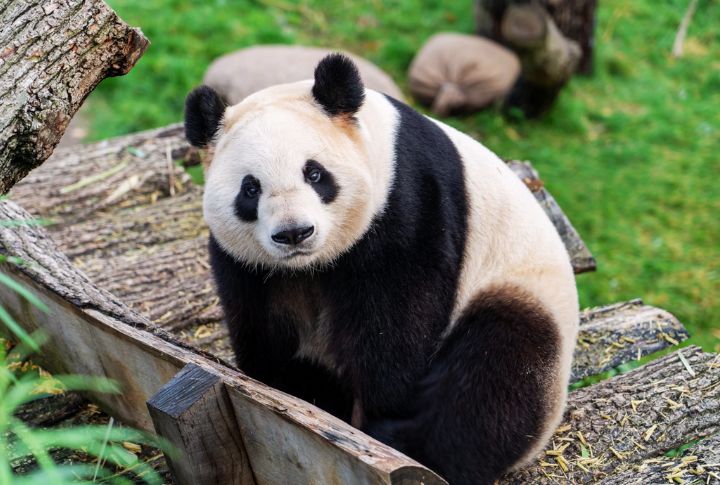
Hidden among the bamboo forests of China, the giant panda leads a quiet life. Clumsily navigating terrain, they spend hours eating and resting. While not entirely passive if provoked, pandas tend to avoid conflict altogether. Their typical relaxed nature gives them a reputation as one of the calmest bears alive.
Whale Shark

The whale shark, weighing several tons and stretching longer than a bus, still couldn’t hurt a fly. It filters plankton through its gills and poses no threat to people. Swimmers sometimes find themselves face-to-face with one, amazed at its unmistakable gentleness in the open sea.
Sea Otter
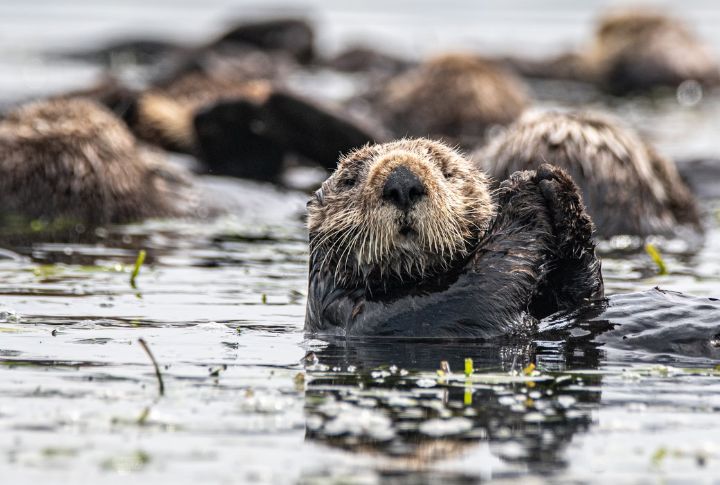
There’s a quiet tenderness in the way sea otters float. Holding hands while sleeping is adorable and a survival strategy for them. They share tools and food, and have even been known to adopt orphaned pups, plus they vocalize affection with soft chirps. However, sea otters may defend their territories if they see a threat.
Sloth
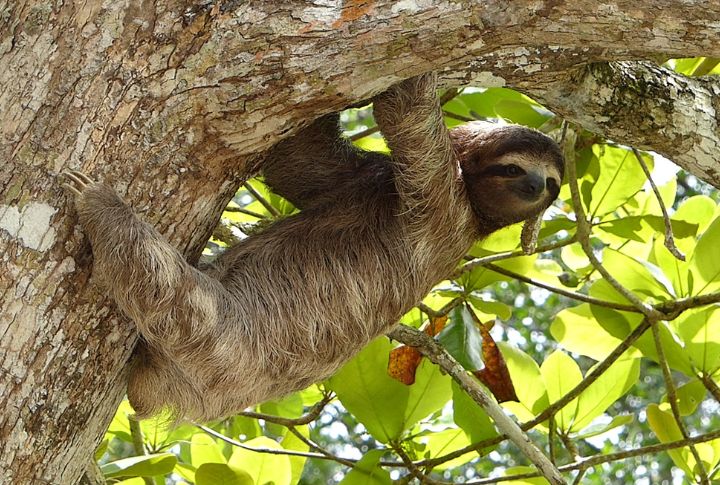
Sloths move at a pace that rewrites the meaning of calm. In tropical forests, they spend most of their lives upside down. Conflict isn’t part of the plan. The fur shelters beetles, algae, and moths—an ecosystem in itself. And when it comes to aggression, even a raised voice is a rarity.
Beluga Whale

Beluga whales, a.k.a. the “canaries of the sea,” communicate with a wide range of melodic sounds. Capable of defending themselves, their tight-knit pods raise calves together and share strong social bonds. Moreover, they express emotions through facial movements.
Koala
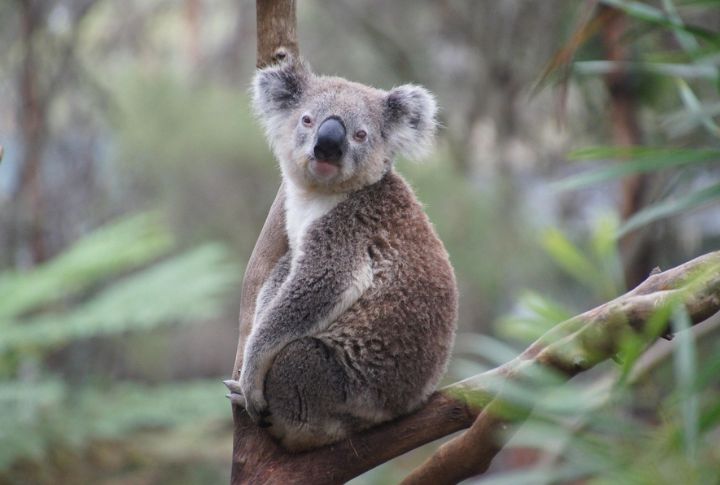
Lived on eucalyptus trees, koalas sleep through most of life’s commotion. Males can become competitive during mating, but daily life is ruled by calm. Mothers carry and care for joeys tenderly, and soothing calls signal contentment in the quiet forests they inhabit.
Swan
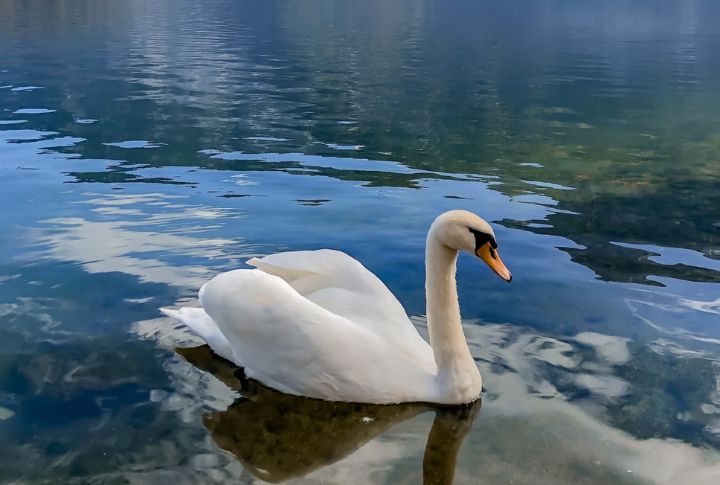
Few animals carry calm with such grace as the swan. Floating silently on lakes, these birds are loyal partners for life, often seen preening side by side. In nesting season, aggression may arise only to defend. Outside of that, swans care for injured mates and emit soft vocalizations.
Giraffe
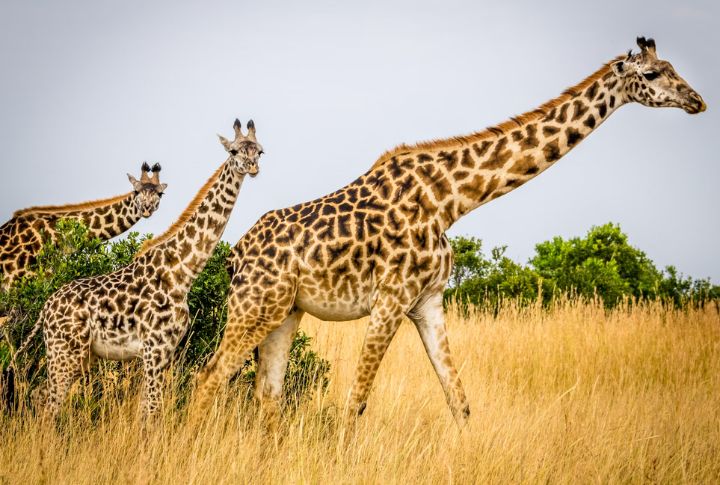
In the vast savannas, giraffes tower above the chaos. While males engage in “necking” battles to assert dominance, it’s the collective calm that truly defines them. Even in dense herds, tension is minimal. Mothers share nursery duties in open plains, gently guiding calves through an otherwise unpredictable world.
Red Panda
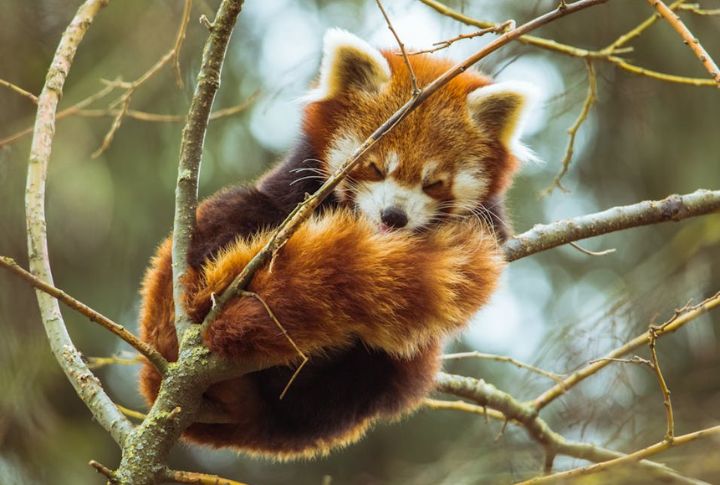
Inhabiting among the mountain trees of the Himalayas, red pandas prefer the quiet path. Their shy and solitary habits make them nearly invisible in the wild. They spend days foraging or dozing, but when relaxed, the playful nature peeks through in short bursts of mischief and movement.
Basking Shark
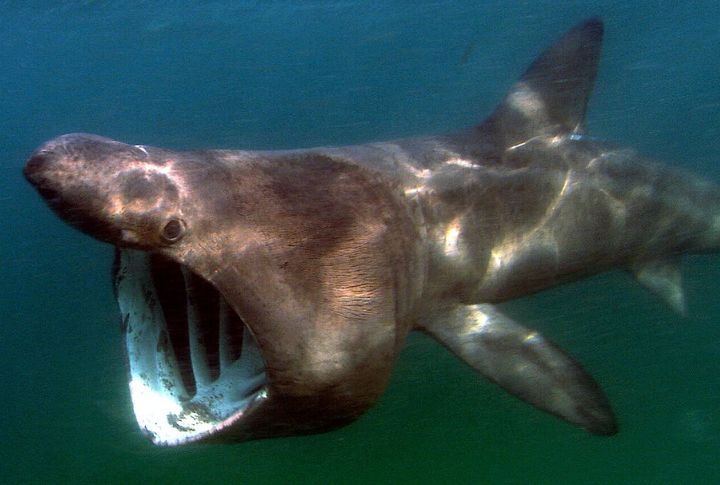
Despite being one of the largest fish in the ocean, the basking shark moves with deliberate calm. It glides near the surface, mouth open wide, just to sift plankton from the water. Its size doesn’t match its temperament. With almost lazy motions, it avoids threats and simply exists without stirring fear.
Kea Parrot
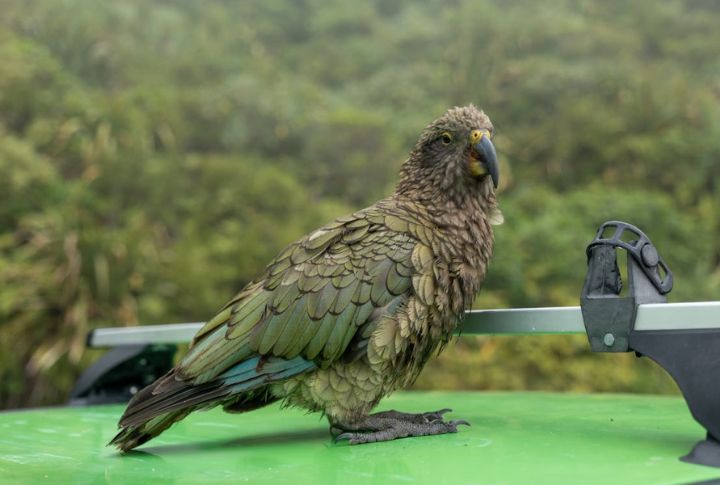
The kea is hard to ignore due to its curiosity in New Zealand’s alpine zones. These parrots are bold yet not hostile. They interact with humans and other animals for play. The cooperative calls coordinate group behavior, and when food isn’t scarce, sharing becomes part of the equation.
Gorilla
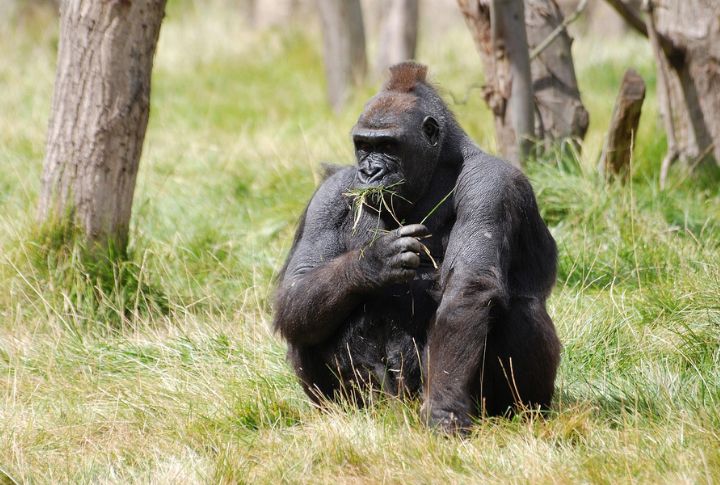
Gorillas challenge assumptions about strength and threat. Within forest habitats, family means everything. Grooming, caring for the young, and peaceful foraging fill most of the days. Unless directly provoked, they show little interest in confrontation. Their presence may be imposing, but their actions reflect calm and powerful restraint.

